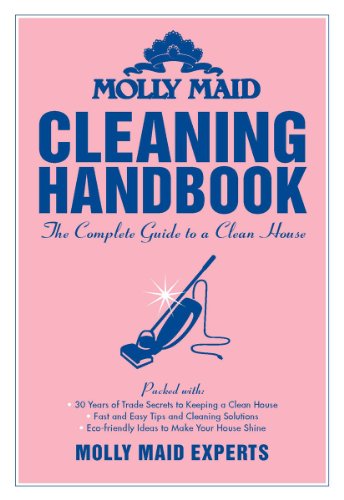
Big green leaves and beautiful pink stalks make rhubarb a striking fan favourite for many garden enthusiasts. But, for some, it’s still relatively unknown. While you may have eaten it in pies, cakes or crisps, not many would know it in its natural form, let alone use it in the kitchen. Rhubarb is a series of contradictions: sweet and sour, edible and inedible, fruit or vegetable.
Often mistaken as a fruit for its use in culinary desserts, rhubarb is a vegetable, which may come as a surprise to many. Its popularity rose in the 18th and 19th centuries after sugar became more widely available. Too sour on its own, sugar is a necessary companion. Like strawberries, the combination balances out the rhubarb’s sour-bitter flavour. But, there’s so much more to this vegetable disguised as a fruit. Not only does it taste delicious, but it’s also a cleaning wizard (think: pots and pans) and a silent assassin to bugs.
An Eco-Friendly Cleaning Aid
An old housewives’ trick dating back to the 1940s, rhubarb will bring back the shine to scorched pots and pans with ease. No elbow grease required!
- Simply chop the rhubarb into small pieces.
- Boil the rhubarb in the pot or pan you want clean for at least 10 minutes (until the rhubarb takes on a glue-like consistency).
- Rinse with clean water.
DIY Insecticide
Rhubarb leaves contain high levels of oxalic acid, which is very toxic. Consequently, it can be used to make an effective organic insecticide for leaf-eating insects, such as aphids, caterpillars and slugs.
- Bring 4 cups of water and 2 cups of coarsely chopped rhubarb to boil, and leave to simmer for 30 min.
- Remove the saucepan from the stove top and allow it to cool.
- Strain the rhubarb mixture into a bowl, pressing the rhubarb leaves in the strainer to extract all of its compounds.
- Mix 1 teaspoon of liquid dish soap with 2 ½ cups of cold water in a clean spray bottle, then add the rhubarb leaf infusion.
- Spray the areas affected by bugs – but keep children and pets away!
PRO TIP: Be sure to mark the container of the DIY insecticide clearly – and keep out of reach of children and/or pets! IT CAN BE HARMFUL IF INGESTED. Unused DIY insecticide can be kept and used for a few days before discarding.
Whether you live in a condo, apartment or house, find your local MOLLY MAID to do a thorough and full cleaning job for your home.
Photo by Sandrachile

